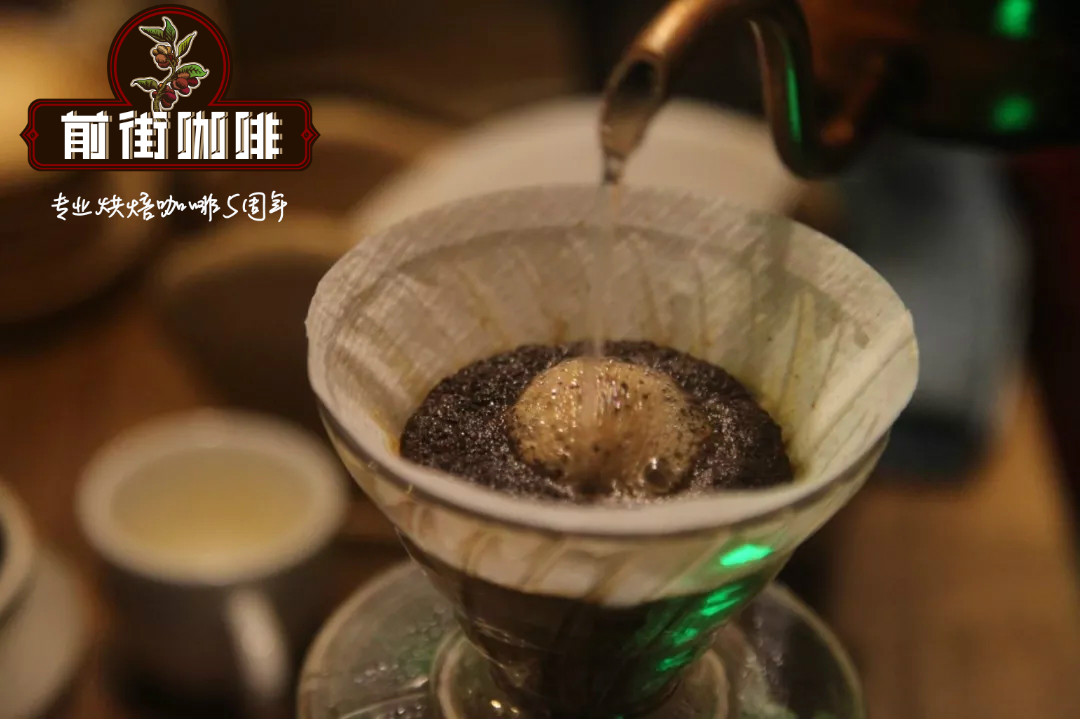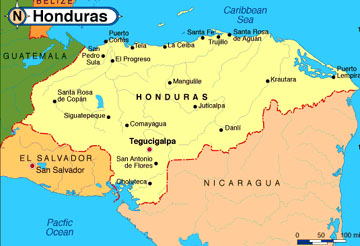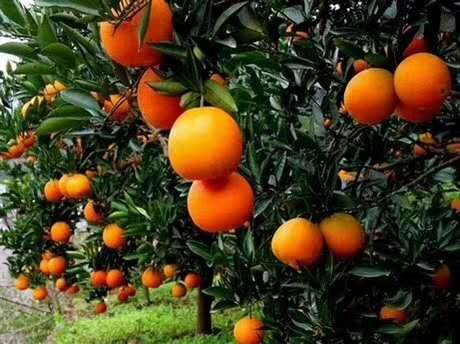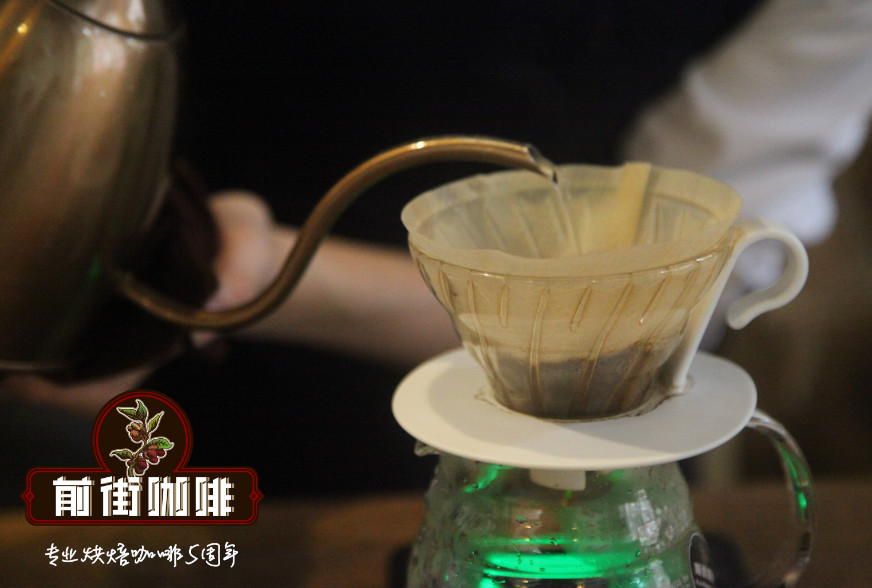Honduras Makala boutique coffee bean flavor introduction how to drink Honduran Makala coffee

Professional coffee knowledge exchange more coffee bean information please follow the coffee workshop (Wechat official account cafe_style)
Makala, Honduras
Want a coffee with a complex flavor and low acidity? Complex just right, is a kind of exquisite, can make you feel good, natural exquisite.
For afternoon tea, a cup of Honduras may be a wise choice!
Honduras is located in central Central America, bordered by the Caribbean Sea to the north, the Pacific Ocean to the south, Guatemala to the west, El Salvador to the southwest and Nicaragua to the southeast. It covers an area of 112492 square kilometers and the coastline is about 1033 kilometers long. The whole territory, except the coastal plain, is mountainous, with the highest elevation of 3000 meters in the northwest and more than 2400 meters in the south. The main rivers in the territory are the Koko River, the Patuca River and the Wulu River. Rivers from inland mountains crisscross and flow into the two oceans. Many basins and river valleys are formed between the various mountain ranges. The larger basins are the Siria and Rapagu Alai basins, and the main river valleys are the Komayagua and Hamastland River valleys.
The whole country can be divided into four natural geographical areas: the eastern low area, the northern coastal alluvial plain area, the central high area and the Pacific coastal low area. Coastal islands are dotted with the main islands being the Baya Islands and the Tigris Islands in the Gulf of Fonseca. The terrain of Honduras is complex and the climate is diversified. Located in the coastal plain of Central America, it has a tropical rain forest climate, with an average annual temperature of 31 ℃. The mountain belongs to subtropical forest climate, the annual average temperature is 23 ℃, and the rainy season is from June to November.

For coffee production, the geographical conditions of Honduras are no less than those of its neighboring coffee-producing countries such as Guatemala and Nicaragua. There are 280000 hectares of coffee plantations in Honduras, mainly small coffee plantations, most of which are less than 3.5ha. These coffee plantations account for 60% of the total coffee production in Honduras. In the coffee garden, because the planting area belongs to the mountain area, people pick coffee beans by hand, and then process them carefully in order to produce better quality coffee beans. Honduras collects 3 million bags of coffee every year and provides you with multi-quality coffee. It has become one of the top ten coffee exporters in the world.
Sweet Orange Manor (El Naranjo) is located in Marcala, one of the most famous producing areas in Honduras. Honduras is born with suitable soil and water, and there are a number of high-quality coffee trees growing in Honduras. The manor is also named after the shade tree, so the shade tree of the sweet orange manor is a tall wild orange tree, the aroma of wild orange is very strong, there is a rare rich sweetness in growing coffee here, and orange fruit trees also inject rich flower and fruit aromas into the coffee. The varieties now grown on the estate are Kaddura, Bourbon and Rosa. In addition to fruit trees and coffee trees, the manor also has windbreak walls to protect coffee and fertilizer mainly composed of fresh coffee fruit shells.

The shallow acidity, bitterness and obvious sweet taste give the impression that the flavor is not strong. Sometimes with a beautiful flower or fruit aroma, people do not think of the unrest of this country at all. The overall taste of Honduran coffee is balanced, sour and bitter are not so strong, and there is a good balance between the two.
Although in troubled times, coffee can also grow its own wonderful, it is not difficult to understand why so many people are so obsessed with this black liquid, to some extent, this is not a simple love or habit, coffee is a mood or rely on it.
I hope this country will show its vitality and splendor as coffee as soon as possible. Tumultuous Honduras will have a future as bright as Honduran coffee.
Qianjie coffee is suggested to be brewed.
Suggested cooking method: hand flushing
Filter cup: V60
Degree of grinding: 3.5 (Japanese little Fuji R440)
Water temperature: 89 ±1 ℃
Steaming in 30 grams of water for 30 seconds
Section: water injection to 120g cut off, slow water injection to 225g
That is, 30-120-225g

When all the coffee powder stacked in the filter cup can be soaked evenly in hot water (not just constantly repeatedly extract a small part of the coffee powder, to avoid excessive soaking in caffeine countries to produce sour taste, to achieve a full and balanced taste, mellow sweetness and rich taste, the shape of the penetrating water column is probably thick and thin at the top and bottom, that is, the width of the water from the spout should be wide. The shape of the end of the tail segment should be sharp.
Other suggestions for trickling extraction:
Normal pressure, recommended 3.5-4 degree of grinding / water temperature 86-88 °C
Philharmonic pressure, recommended 2.5 grinding degree, water temperature 86-88 °C
The dry aroma has some aromas of spices, roasted peanuts and chocolate, while the wet aroma has a hint of herbs, giving you a distinct taste of orange peel, nuts, cream and a bit like a cup of lemon tea.
END
Important Notice :
前街咖啡 FrontStreet Coffee has moved to new addredd:
FrontStreet Coffee Address: 315,Donghua East Road,GuangZhou
Tel:020 38364473
- Prev

Sumatra Manning found his own bitter coffee, bitter coffee introduction.
Exchange of professional baristas Please pay attention to the traditional meaning of Sumatra Manning Black Coffee in the coffee workshop (Wechat official account cafe_style), that is, after most people hear the word black coffee, the taste that comes to mind must be Sumatra Manning's! The first taste, the bitter taste of the tongue, must be immediately to shudder rhythm to drink, but can taste the sweetness in the mellow
- Next

Introduction to the flavor of washing bourbon hand-flushing parameters in the San Juan Xido area of Honduran coffee
For professional baristas, please follow the coffee workshop (Wechat official account cafe_style) flavor: clean, roasted nuts, milk chocolate in Honduras, coffee producing areas are divided into six major producing areas, throughout the west and south, namely Santa Barbara (Santa Barbara), Perry request (El Paraiso), Coban (Copan), La Paz (Bazi) and Gongmayagua (C).
Related
- Detailed explanation of Jadeite planting Land in Panamanian Jadeite Manor introduction to the grading system of Jadeite competitive bidding, Red bid, Green bid and Rose Summer
- Story of Coffee planting in Brenka region of Costa Rica Stonehenge Manor anaerobic heavy honey treatment of flavor mouth
- What's on the barrel of Blue Mountain Coffee beans?
- Can American coffee also pull flowers? How to use hot American style to pull out a good-looking pattern?
- Can you make a cold extract with coffee beans? What is the right proportion for cold-extracted coffee formula?
- Indonesian PWN Gold Mandrine Coffee Origin Features Flavor How to Chong? Mandolin coffee is American.
- A brief introduction to the flavor characteristics of Brazilian yellow bourbon coffee beans
- What is the effect of different water quality on the flavor of cold-extracted coffee? What kind of water is best for brewing coffee?
- Why do you think of Rose Summer whenever you mention Panamanian coffee?
- Introduction to the characteristics of authentic blue mountain coffee bean producing areas? What is the CIB Coffee Authority in Jamaica?

